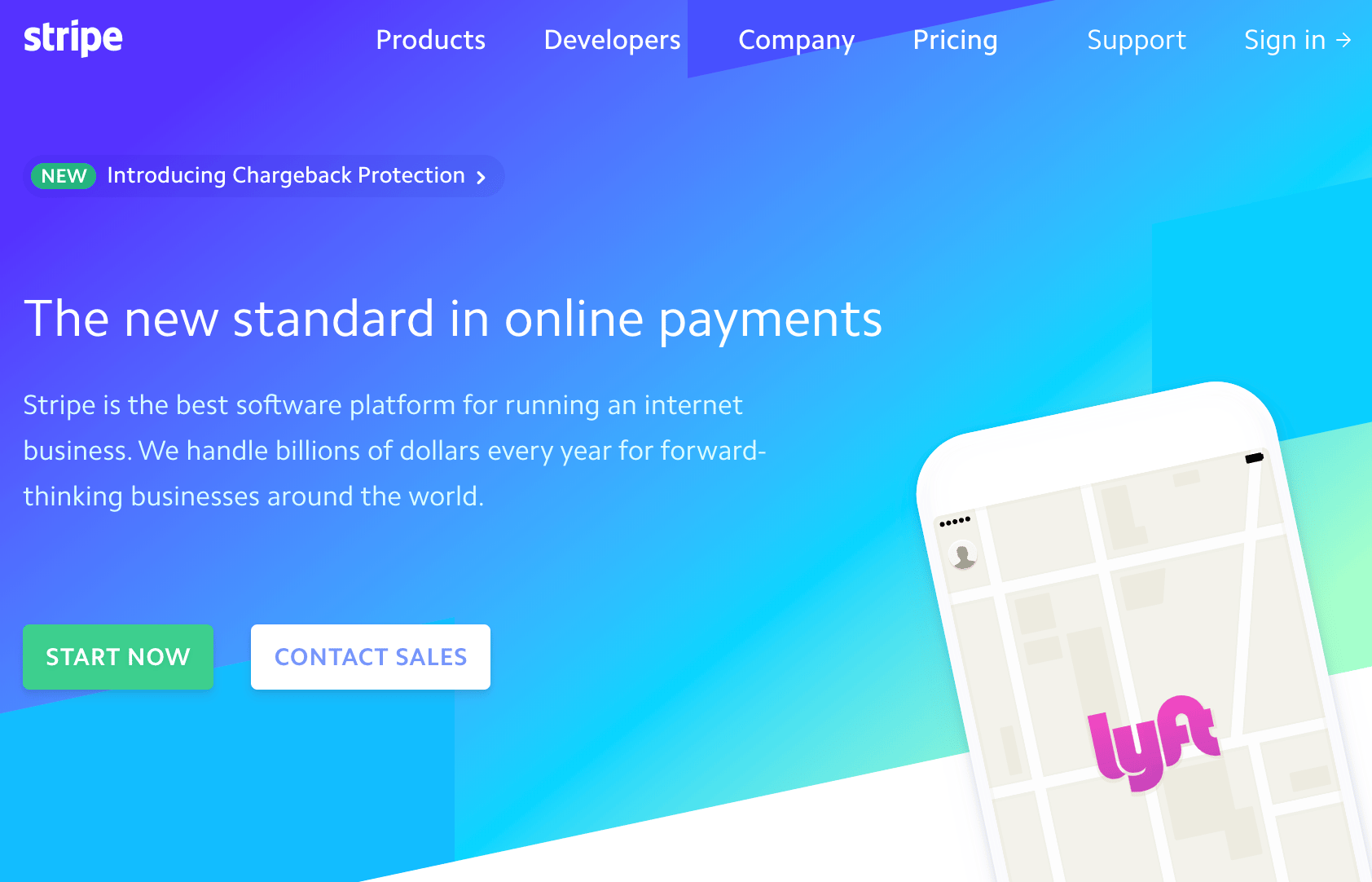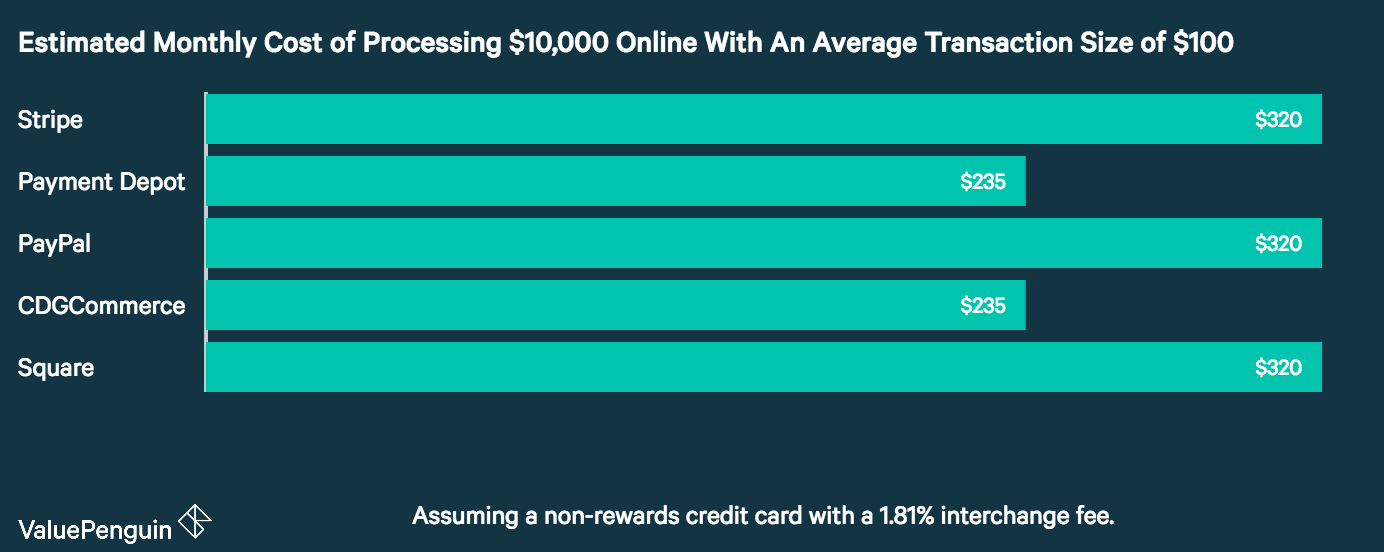What’s inside? Here are the questions answered in today’s reader mailbag, boiled down to summaries of five or fewer words. Click on the number to jump straight down to the question.
1. Using rewards card for everything
2. Thoughts on Monat
3. Work, motivation, and retirement
4. Campfire cooking advice
5. Using 403(b) loan for debt
6. Uses for old spices
7. Easy beginning investment book
8. Cast iron worth the work?
9. Libra?
10. David Bach
11. Usefulness of cookbooks
12. Privilege
Sometimes, the questions are plentiful and the answers are easy. Sometimes, it’s the intro that’s hard.
On with the questions.
Q1: Using rewards card for everything
What do you think of the idea of putting every possible expense on a rewards credit card and then paying it off in full each month? This not only gets me rewards but also gives me some protection on everything I buy and keeps my actual checking account safe.
– Jerry
This works if and only if you have a very, very firm grasp on your spending and aren’t spending more than you earn. This can be easy to lose track of with a credit card because it’s so easy to just swipe for everything.
I absolutely would not recommend this for anyone who has had any problems accumulating credit card debt in the last, say, decade or so.
If you have that kind of firm grasp, then running everything you can through a credit card with a good rewards program and then paying it off in full every month makes a good deal of sense. You’ll likely accumulate quite a lot of rewards points as time goes on and it makes financial management easier. Just watch very, very carefully for any sort of spending increases, as that’s a sign that this whole system is in danger of falling apart leaving you holding a bunch of credit card debt.
Q2: Thoughts on Monat
My sister has started selling this Monat shampoo and I think it’s a scam. She has convinced several of her friends to start using the shampoo and cut her hair way different supposedly to show off how great the shampoo his but her hair has always been shiny. She keeps trying to get me to sell it too but the whole thing seems like Mary Kay or Amway. Do you know anything about this?
– Audrey
You pegged it – it’s pretty much just like Mary Kay and Amway. Monat is a network marketing company with shampoo as the product this time around.
In short, Monat works like every other network marketing company. It requires people who sell it to pay a significant up-front fee to become a salesperson for the product. For that fee, Monat gives the individual salespeople a bunch of marketing material – in essence, the salespeople on the ground paid a ton for marketing material that they then use to sell Monat. They also get a commission for what they sell. They also get a cut of anything sold by anyone else they convince to be a Monat salesperson.
This is almost exactly how every other network marketing business works, with a few insignificant variations. It’s all about selling to your friends and family and trying to convince people to start selling it so you can get a cut of their sales.
It essentially functions like a pyramid scheme, where the only people who really make money are the people at the very top – the people who actually make the marketing materials and the handful of initial people who got a lot of people to sign up through them. Everyone else ends up with a bunch of overpriced marketing materials and rarely recoups their cost while often just annoying their friends by pushing products that their friends really don’t want to buy.
Stay away. There are far better ways to make money than this.
Q3: Work, motivation, and retirement
61 years old, set to retire with state pension and additional 403(b) at 63, don’t plan on touching SS until max benefits and then scale back 403(b) withdrawals. In short, I am set for retirement. The problem is that I have nineteen months to go and I just want to be retired. I have to force myself to go to work and I find myself counting the minutes and hours every day. This doesn’t appear to have really affected my work as of yet as I just had a positive performance review. I don’t want to be a deadbeat employee but I just hate going to work. I have to last out these last 19 months so just quitting now isn’t an option. What can I do?
– Otis
I don’t know exactly what your job entails, but there are a number of things you can do to make this time go better.
Perhaps the most powerful thing you can do is start transferring your domain knowledge to other workers who will be filling your role when you’re gone. What are the things that you know how to do really well that others may not know to do? What things do you just take care of and fix? What ordinary routines do you handle?
One thing you might want to start doing is thoroughly documenting all of that knowledge. I found that, as I was leaving my previous job, I very much couldn’t wait until my last day, but the one thing that really clicked with me was writing a ton of documentation for my replacement. I wrote out step-by-step operating procedures for all of my normal routines. I wrote out step-by-step explanations for how to solve a number of common problems. This filled up a lot of time at work as the clock ran out on my tenure.
Another approach is to take on a mentee. Look for someone who’s an up and comer at work and take them under your wing, guiding them as to how to make the most out of their career. What things can they avoid? What help can you give them as you’re getting ready to leave? Choose someone who could really use the opportunities, who might remind you of yourself a little when you were younger.
Another good thing you can do is to make it your goal to leave a positive mark on the lives of the people you’re working with. Go in there with the aim of being friendly and kind and building up other people. Try to leave the workplace in a better state than it is right now.
These things can fill a lot of your time, so let them. Let such things be the focus of your last year and a half at this job, to leave the people there and the job in a better place than it is right now, and give the people you think are deserving of opportunity as much help and opportunity as you can give them.
Q4: Campfire cooking advice
Loved your recent post on camping basics. Do you have any advice on how to make anything other than sandwiches and hot dogs when camping?
– Mary
This could be a post all its own (and it might be someday soon), but here are the big tips that come to mind.
First of all, get a Dutch oven. A Dutch oven is a cast iron pot that you can put literally on your campfire and scoop some coals on top to cook pretty much anything. Just get a good campfire going with a bed of coals, then put your meal in the Dutch oven, set it on the campfire with a hook, then scoop a few coals on top with a long-handled spoon. When you first get started, follow some campfire Dutch oven recipes to the letter because cooking times are kind of finicky, but you’ll get used to it. You can cook all kinds of things in a Dutch oven over a campfire. We often make “stone soup,” which is basically just soup cooked in the Dutch oven with everyone choosing an ingredient to add that they like. It’s always a little different and there’s always something you like in it.
Another really good tip is to do a lot of the preparation steps for your meals at the campsite at home. Chop up your vegetables and prep any mixes beforehand and store them in Ziploc bags or small containers in your cooler. That way, you can usually just toss things in the Dutch oven when you’re ready to cook and have it on the fire pretty quickly with minimal campsite gear.
So, for example, you can easily make lasagna in a Dutch oven, but it’s a good idea to make the cheese mix at home before you go. Bring along a box of oven-ready noodles, a jar of sauce, and a container of your cheese mix and any other layers you might want in the cooler. Then, when it’s time to cook, just put together the layers in the Dutch oven and put it on the campfire with a few coals on top. Check it occasionally and when it looks close to being done, put some cheese on top and put it back on the fire for five or ten minutes. Yep, campfire lasagna.
Q5: Using 403(b) loan for debt
When I first graduated from college, I didn’t know what I was doing and consolidated my student loans badly into a single loan with a 7.4% interest rate. I have been making payments on this for 3 years while working for [a university] and contributing to my 403(b) plan. I am wondering if it makes more sense to stop contributing to 403(b) and borrow against it to pay off this debt. I recently learned that you can take interest free loans from your 403(b) if you repay at a certain rate. So should I take that loan, pay off my student loans, then pay back the interest free loan?
– Maria
This one is honestly kind of a coin flip. Given that this is a loan from your 403(b), you’re not actually missing any contribution cycles, but you are missing out on growing that money during the period when you borrowed it. In effect, borrowing that money is “costing” you whatever the returns might have been on that money had you left it in your account.
So, the question is whether the returns on that money would be better than the 7.4% interest rate on your student loans.
My thought is that if you can strongly commit to paying back this loan as fast as you can, then it’s a wise move, but if you’re not able or willing to do so, then it’s not a good move. You should be making payments to your 403(b) loan at least as large as the payments on your student loan each and every month. If you can do that, you will have paid back the 403(b) loan much faster than you would have been able to pay off the student loan, which means that in theory you should be financially ahead at that point unless you miss an extreme uptick in the value of your retirement savings.
My recommendation is that once you pay off the loan, you seriously upgrade your 403(b) contributions going forward from that point, which shouldn’t be a big issue because you have neither the student loan or the 403(b) loan hanging around your neck.
Q6: Uses for old spices
What do you do with old spices that have lost most of their flavor? Can anything be done to get more out of them or are they headed for the trash?
– Susanna
Honestly, if a spice is getting old, I usually just start using it in larger quantities until it’s all used up. If a soup recipe calls for a teaspoon of basil, I’ll put in a tablespoon of old basil, or even more. It still has some flavor, just not as much as recently dried basil.
This is very dependent on taste, so I really only do this with recipes where I know what I want it to taste like, like vegetable soup (which I’ve made a thousand times) or black beans for burritos or tacos. I know the flavor I’m aiming for, so I trust my tongue.
If it appears to just be flavorless dust, I usually sprinkle it in the yard, as at least it’ll provide a bit of nutrients to the soil.
Q7: Easy beginning investment book
Do you have a book for beginning investors that’s easy to understand? Tried reading The Intelligent Investor and then The Bogleheads Guide to Investing and they both went rapidly from making sense into insider lingo that was unreadable. What’s a more basic intro?
– Dennis
I wouldn’t recommend The Intelligent Investor to anyone outside of those purely academically curious. I think Bogleheads is pretty approachable, but it does lay on the terminology thick in places.
The Simple Path to Wealth by J.L. Collins is probably the book I’d point at for you. I’d describe it as being a notch or two simpler than Bogleheads but covering much of the same material.
Another good book on investing that I think would work for you is The Four Pillars of Investing by William Bernstein. This book is more of an introduction to semi-professional investing in layman’s terms rather than what individual investors saving for retirement might want to be doing, but it’s written in a very approachable style.
I’d give those two a try. Check them out from your local library.
Q8: Cast iron worth the work?
Thinking about getting a cast iron skillet because of how you can cook everything on it, but it seems like a ton of work to get it in good shape.
– Amy
It can take some time to really season a cast iron skillet so that the surface is very low stick, much like Teflon except without the potential risk of cancer if the coating starts to flake. It’s not difficult work, though, and it’s pretty hard to mess it up.
Basically, when you first get a new cast iron pan, you need to bake it a few times with the insides coated in oil or Crisco or some other fat. Just coat the insides, put it in the oven for a while, and then wipe it out thoroughly and repeat.
After that, you can cook foods in it that have a high fat content with no problem for the next several months. Anything that involves oil in the pan is going to be fine.
Once the surface seems smooth, you can pretty much cook anything in them with minimal sticking. Cleaning them is easy, too, but you can’t run them through the dishwasher. You just run water over the pan and scrub it a little with a pad and it’s done.
I really like cast iron skillets with double handles, like this one. If you need to adjust it, just put a hot pad on your hand(s) and move it where you want. Most of the time, it just sits in place while you’re cooking. When you’re done, you can carry it to the table easily with two hands if you wish, and then just let it cool down and wash it with some running water and a scrub brush to get out any debris, which comes right out in a few seconds for almost everything.
Q9: Libra?
Do you think Libra is a worthwhile investment to get in on early?
– Barry
If you have some extra money that isn’t allocated toward a goal that you don’t mind losing, then sure, why not? I’d never object to someone using entertainment money or “fun” money for it. However, I wouldn’t put a dime of money that I was counting on into Libra.
For those aware, Libra is a online currency introduced by Facebook that appears to be a mix of a Bitcoin competitor and a PayPal competitor. From what I can tell, it’s probably going to be much more stable than Bitcoin, but at the same time, I don’t think it makes a particularly good investment. I actually think it will just hold steady value for a long time and be used as a pretty stable way to make online transactions rather than as a fluctuating investment on its own.
So, if you want to put a bunch of money into Libra, do so, but make sure that it isn’t money that you actually need for your future. I don’t have any idea what it will do, but what I suspect is that it will end up being like money sitting in your PayPal account.
Q10: David Bach
What are your thoughts on David Bach? It seems to me that his books just take the same two or three ideas and remix them over and over again, never saying anything new. If you’ve read one, you’ve read them all.
– Brian
I largely agree with you. I think it’s worthwhile for most people to read a David Bach book, one that matches their own personal interests the best, and then there’s much less need to read other ones.
Bach’s big idea is that there is a ton of power in the multiplicative effect of making little changes to frequent routines. His big one is what he calls the “latte factor” – if you simply move from a $5 daily latte to a $0.50 cup of coffee at home or work, you’re saving $4.50 a day. Over the course of a year, that’s $1,642.50. Sock that away at a 7% return and do it for a decade and you have roughly $25,000 in cash in your hand, tax free.
The thing is, while those core ideas are good, most of his books are just remixes of those core ideas, tweaked to a specific readership.
Q11: Usefulness of cookbooks
Do you think that cookbooks are still useful in an era where there are infinite recipes online?
– Mary
Absolutely, for several reasons.
For one, cookbooks are available if the internet is down. If you don’t have the internet, you can’t access online recipes. You can always access a cookbook.
For another, cookbook recipes tend to be pretty reliable and high quality. A lot of recipes on websites are pretty dodgy, though there are some sites that I do implicitly trust (like Serious Eats). However, if a cookbook is well regarded, I generally trust everything in it.
For yet another, cookbooks often do a much better job of addressing techniques than online recipes – how exactly to do things in the kitchen. I often get more value out of techniques than I do out of the recipes, though I do often supplement the techniques with Youtube videos.
I also like the flexibility of using a cookbook in the kitchen. I can flop it out on the table, highlight it, move it around, and so on. I can do that with tablets and phones and laptops to an extent, but it often involves having to scroll and being worried that my device is near something messy in the kitchen, something I worry about a lot less with a cookbook.
I have a shelf full of cookbooks. I love them, and I add new ones every once in a while.
Q12: Privilege
Have you ever considered that some of your financial success comes from the advantages you had in life and not because of your personal choices?
– Amelia
Absolutely. I had a number of advantages in life, not least of which was two loving parents who did everything they could to raise me with good values and a strong work ethic. On the other hand, I didn’t grow up with “every advantage.” My family was at the very best lower middle class, and I think that’s a stretch to even call it that. I spent much of my childhood sick and missed more than a year of school due to fifteen different childhood surgeries I went through. I am naturally very introverted and have to work hard just to do well in social situations when my strong, strong preference is to be quiet or leave.
The point is that the advantages I did have certainly gave me a boost in life. I like to think of it as being like a sprinter running a race with the wind at their back or starting at the ten yard line.
The issue is that I still had to run the race. For some, the race was easier than it was for me. For some, the race is harder. But we are all running that race. The vast majority of people that achieve success had to work and work hard to get it. Very few people are handed success in life. Sure, some people start out closer to the finish line than others, but they couldn’t just sit on their rear end all day and success just arrived in their mailbox.
I’m interested in helping people in their own run, whether they start off with the wind at their back and 50 yards past the starting line or whether they’re starting off at the back of the pack with the wind in their face. I can’t change anyone’s starting position, but I can certainly do my best to put a little bit of wind to everyone’s back. We’re all running, and we all want to make something more of our lives.
Got any questions? The best way to ask is to follow me on Facebook and ask questions directly there. I’ll attempt to answer them in a future mailbag (which, by way of full disclosure, may also get re-posted on other websites that pick up my blog). However, I do receive many, many questions per week, so I may not necessarily be able to answer yours.
The post Questions About Libra, Campfire Cooking, Investment Books, David Bach, and More! appeared first on The Simple Dollar.

Source The Simple Dollar http://bit.ly/2WZzNDh





